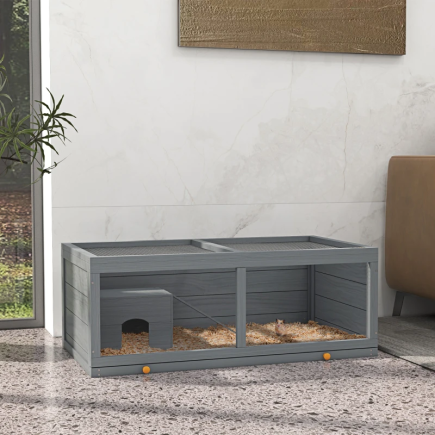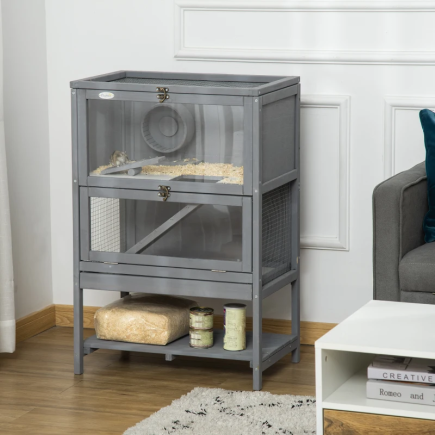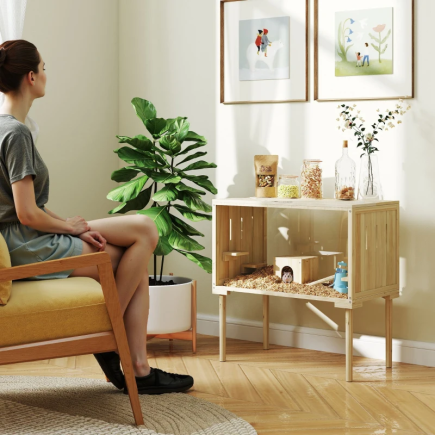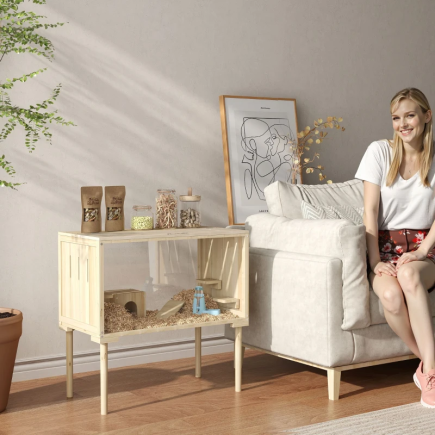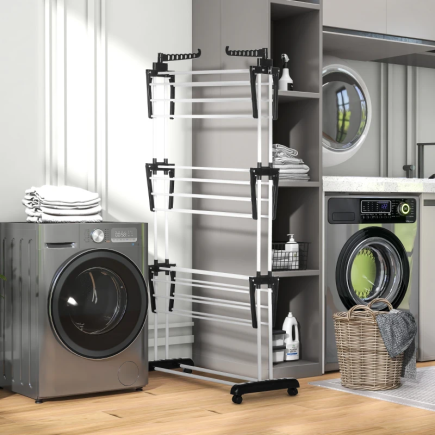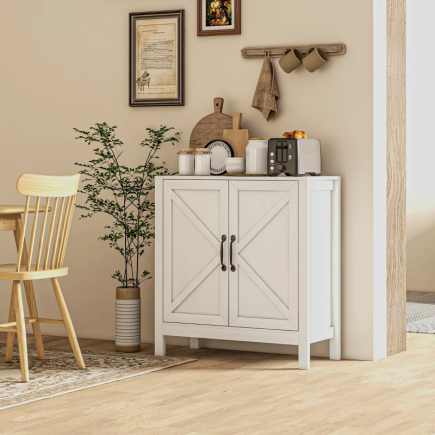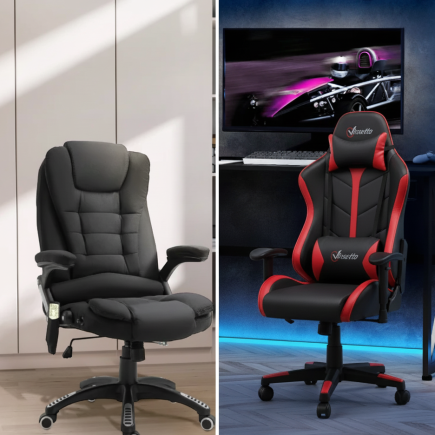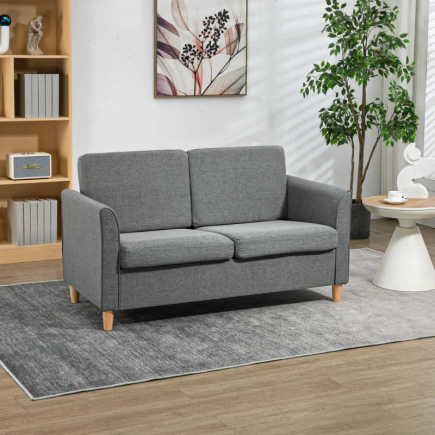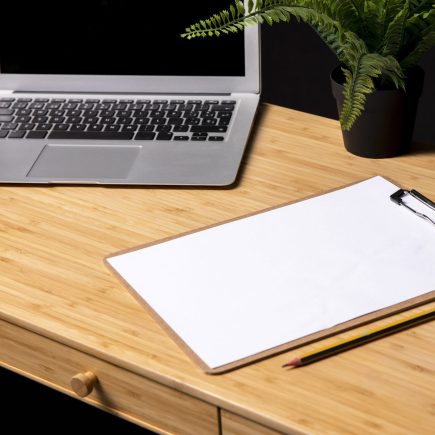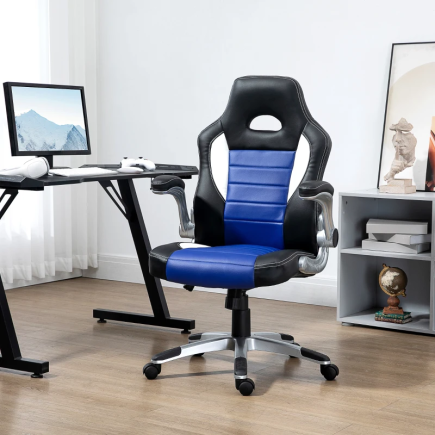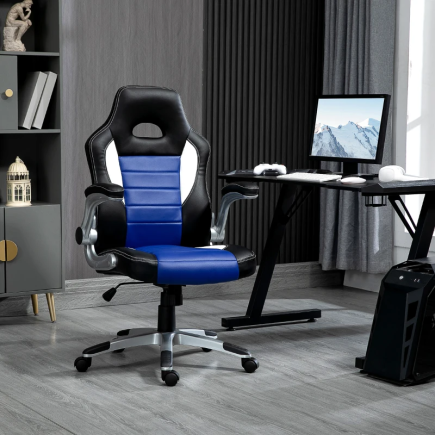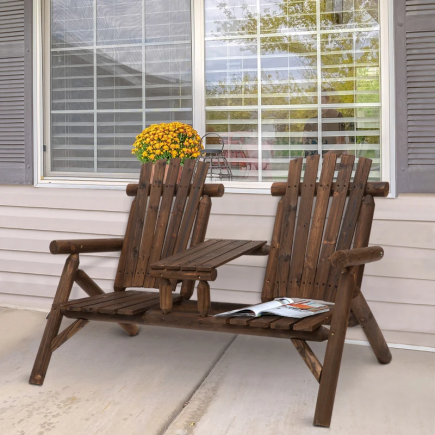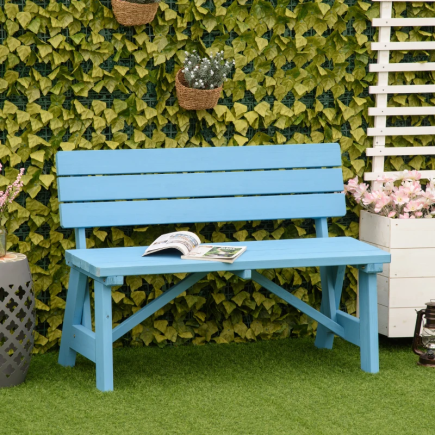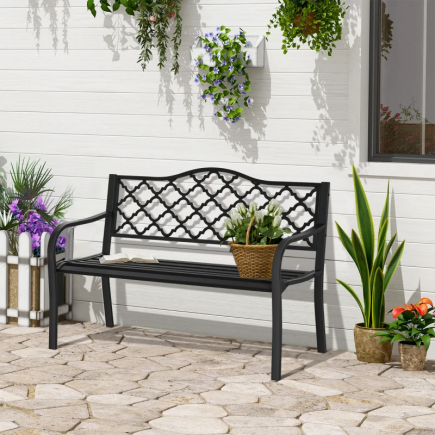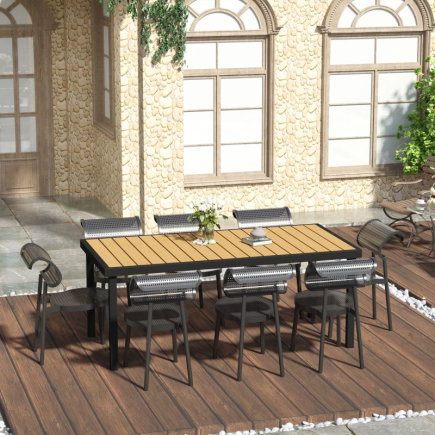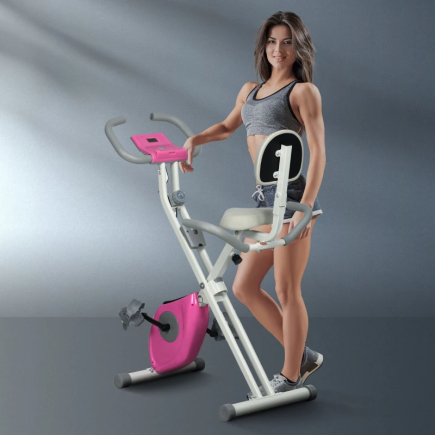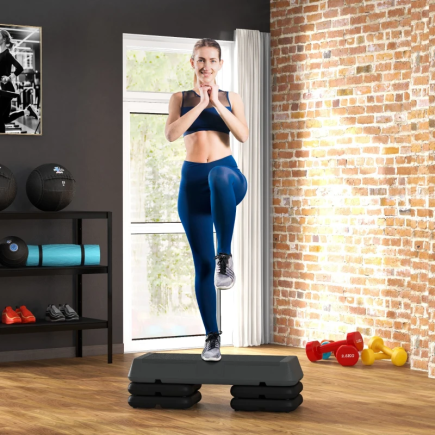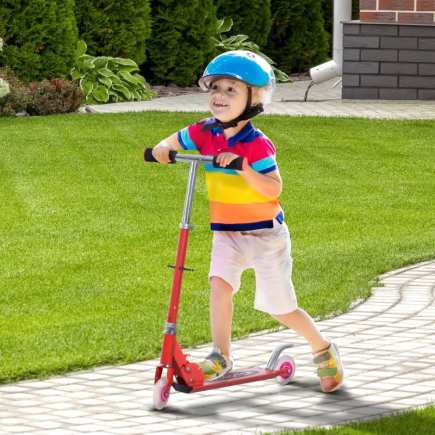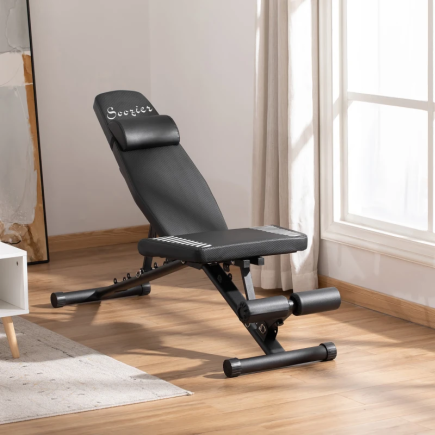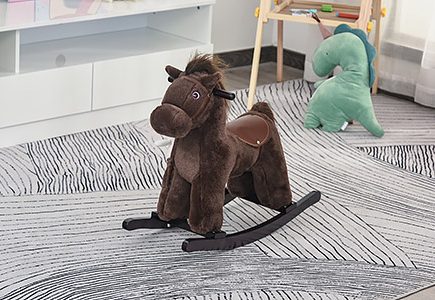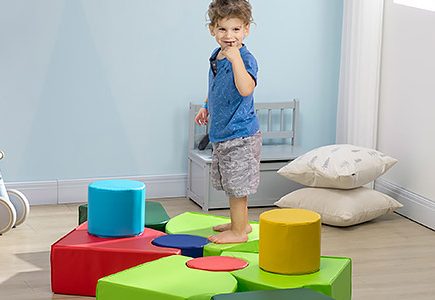
In small living spaces, particularly in apartments or urban settings, outdoor areas like balconies are often underutilized due to limited space. A hanging balcony table is a clever solution for maximizing your balcony’s potential while maintaining a clean, open feel. By building your own, you not only save money but also get to customize the design to fit your unique space and style. In this guide, we’ll walk you through the entire process of building a hanging balcony table, from initial measurements to final installation and maintenance.
Tools and Materials
Before starting the project, it’s important to gather the necessary tools and materials to ensure the building process is smooth and efficient. Here’s a list of what you’ll need:

Essential Tools
- Drill: To create holes for screws and bolts that will hold everything together.
- Saw (Jigsaw or Circular Saw): To cut the wood into the right sizes.
- Screwdriver: For tightening screws into place.
- Clamps: To hold the pieces in position while assembling.
- Measuring Tape: For precise measurements to ensure everything fits properly.
- Level: To make sure the table is straight when mounted.
- Sandpaper: To smooth out rough edges and give the wood a professional finish.
Materials
- Weather-resistant Wood: Choose durable wood like cedar, oak, or treated wood that can withstand the elements.
- Foldable Support Brackets: These are crucial for creating a foldable table that can be stored away when not in use.
- Screws and Bolts: To attach the frame and brackets securely.
- Wood Glue: To reinforce the joints and add extra stability.
Step-by-Step Process for Building the Hanging Table
1. Measure Your Space
Start by measuring the space available on your balcony. This includes the length and depth of your railing, which will help determine the size and dimensions of your table.
- Length of the Railing: Measure how long your railing is to determine the width of the table.
- Depth of the Railing: This will determine the size of the brackets and how deep the table should be.
- Height: The table should ideally be around 650mm from the ground for comfortable use. Make sure it is positioned so that you have adequate legroom and space to sit comfortably.
Having accurate measurements will ensure the table fits perfectly on your balcony and provides the functionality you need without overcrowding the space.
2. Select the Wood and Hardware
The next step is to choose the appropriate materials for your project. You will need weather-resistant wood for both the tabletop and the support beams.

- Wood for the Tabletop: The tabletop should be large enough for everyday use, about 90cm by 60cm works well for most spaces, allowing room for meals or a few items like a laptop and coffee.
- Wood for the Support Beams: These beams will support the weight of the table, so they need to be sturdy. Use strong wood to ensure the table can hold up under pressure.
- Foldable Brackets: These brackets are essential for creating the folding feature. You can either buy metal brackets or use wood, depending on the look you’re going for.
Make sure to select high-quality materials to ensure the table is durable and safe.
3. Cut the Wood to Size
Once you’ve selected your wood, it’s time to start cutting it according to the measurements you’ve taken.

- Cut the Tabletop: Using a saw, cut the wood to the dimensions of your table. Be precise to ensure that the edges are straight.
- Cut the Support Beams: These beams should be slightly shorter than the width of the table to fit under it. Ensure they’re sturdy enough to support the weight of the table and anything you place on it.
- Cut the Brackets: If you’re using wood for the brackets, make sure the pieces are the right length to fit the depth of the railing.
4. Assemble the Table Frame
Now that all your pieces are cut, it’s time to assemble the table.

- Attach the Support Beams: Lay the support beams underneath the tabletop and attach them using screws and wood glue. Make sure they are evenly spaced and secure. This will give the table its structure and stability.
- Attach the Foldable Brackets: Next, attach the foldable brackets to the underside of the table. These brackets are important for allowing the table to fold up when not in use. Use screws to attach them, and make sure they are aligned and securely fastened.
5. Sand the Wood
Before finishing the table, take time to sand the edges and surfaces to smooth out any rough spots that might have been created during the cutting process. Sanding will also give the wood a professional, smooth finish and prevent splinters.

- Focus on rough edges: Pay particular attention to the edges where the wood was cut, as they may have rough spots.
- Use an electric sander (if available) for a quicker and more even finish, or use hand sandpaper to smooth out any imperfections.
6. Finish the Table
To protect the wood and enhance its appearance, apply a finish such as varnish or outdoor wood stain. This will protect the table from the elements and keep it looking good over time.

- Apply Varnish or Stain: Apply 2-3 coats, ensuring the wood is completely dry before applying each coat. This will provide a weatherproof barrier to protect the wood from sun and rain.
- Optional: You can also paint the table in a color that matches your balcony’s aesthetic or to add a unique touch.
7. Install the Table on the Railing
Now that your table is built, it’s time to install it onto your balcony.
- Attach the Brackets to the Railing: Position the foldable brackets onto the balcony railing. Use screws or bolts to attach the brackets securely to the railing.
- Check Stability: Once the table is attached, gently push on it to make sure it is secure and doesn’t wobble. Tighten any loose screws if needed.
8. Test the Table
Before using the table, test it out to ensure that everything is functioning properly.
- Test the Folding Mechanism: If you’ve added foldable brackets, make sure the table folds up easily and locks securely when extended.
- Check Stability: Make sure the table is level and doesn’t wobble when you apply pressure to it. If necessary, adjust the brackets or tighten any loose screws.
Building a hanging balcony table is a rewarding project that not only enhances the functionality of your outdoor space but also adds charm and character to it. By following the steps outlined above, you can create a piece of furniture that is perfectly tailored to your needs and balcony size. Whether used for dining, working, or simply relaxing, a Hanging Balcony Table is an ideal solution for making the most of small outdoor spaces.
With a little time, effort, and attention to detail, you can build a durable, stylish table that transforms your balcony into a cozy retreat. Enjoy the satisfaction of building something with your own hands and create an outdoor space that truly reflects your personality and style.
FAQs
1. Can I use plastic or metal for the tabletop?
Yes, you can, but wood is preferred for its natural look and durability. Plastic or metal might require different brackets and fasteners.
2. Can I install the table on a balcony with no railing?
Yes, you can attach the table to a sturdy wall using heavy-duty brackets, but you will need additional hardware for a secure installation.
3. How much weight can the hanging table support?
The table can support up to 20-30 kg depending on the quality of materials and the strength of the brackets.

